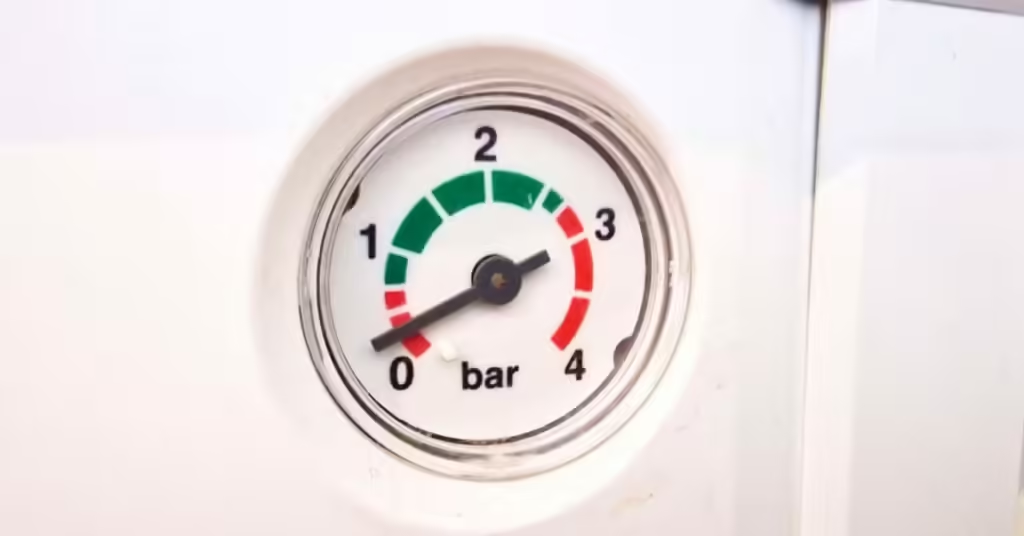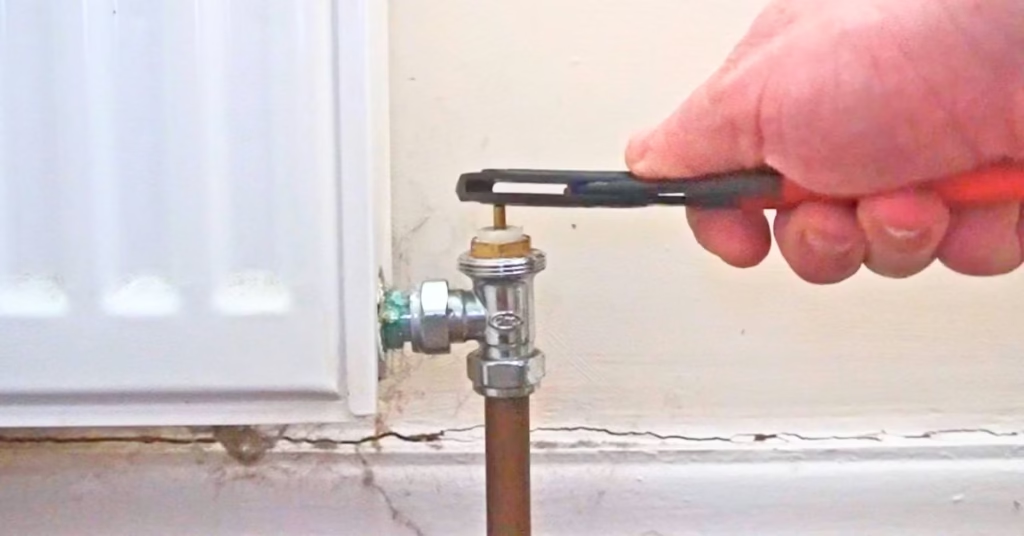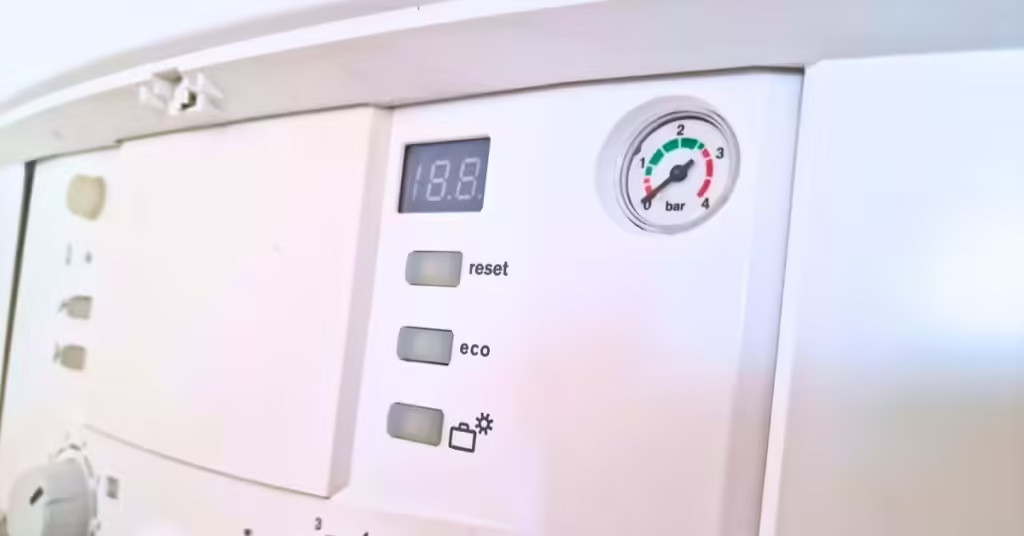Last updated on March 2nd, 2025
Everyone will experience a boiler not firing up at some point. Your boiler not working will probably ruin your day, especially on a cold winter’s night.
I have been a Gas Safe engineer and fixing boilers full-time for over a decade. In this post, I’ll show you some of the many boiler problems I come across based on my good and bad experiences.
Common reasons for a boiler not firing up
There are some very easy fixes for a boiler not working.
Here are some things you can troubleshoot and check yourself:
- No power supply
- No gas supply
- Low boiler pressure
- Thermostat problems
- Frozen boiler condensate pipe
No power supply
When your boiler is not working and you have no lights on the boiler, there is a good chance you don’t have any electricity to the boiler.

Here are some things to check:
- The fuse in the switched spur next to the boiler (should be 3 amp)
- The circuit hasn’t tripped at the consumer unit (main fuse board for the house)
- The fuse in the boiler (usually 2 amp)
- You have money on a pre-payment electric meter
No gas supply
Having your boiler go to lockout when it tries to fire up could mean you don’t have any gas getting to the boiler.
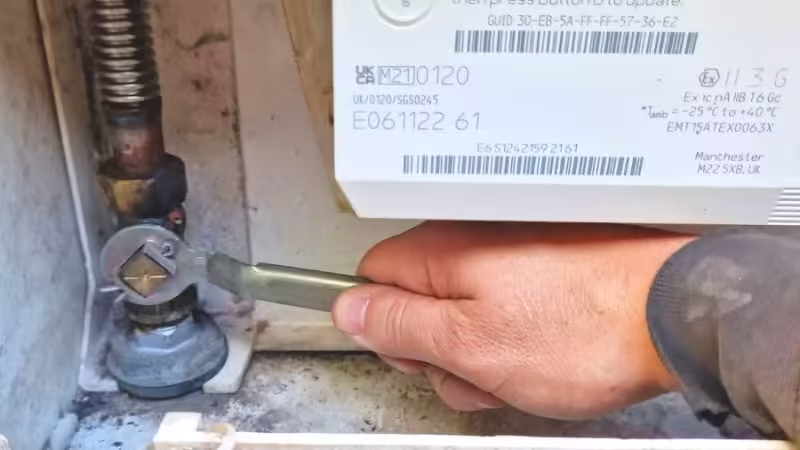
Here are some possibilities:
- Gas is turned off at the gas meter control valve
- Gas credit has run out on a pre-payment gas meter
Low boiler pressure
Low boiler pressure is a very common reason for a central heating system and hot water to not work. You will need to repressurise the boiler to fix this problem. This is an easy fix but if your boiler pressure keeps dropping you have a problem that needs to be found and fixed.
Thermostat problems
A thermostat problem could be the reason your boiler is not working.
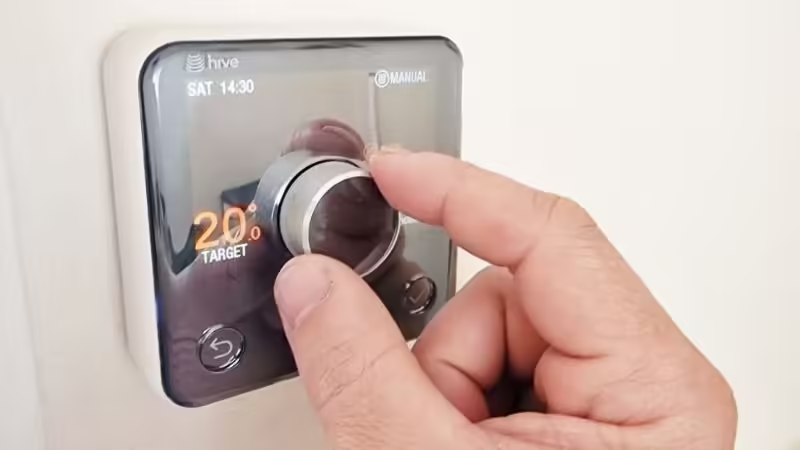
Here are some things you can check:
- The thermostat temperature is turned up
- The batteries are good (on wireless thermostats)
- Faulty thermostat
Frozen condensate pipe
A frozen condensate pipe will probably be the reason for your boiler not working if it’s below freezing outside. When a boiler condensate pipe freezes, the boiler will go to lockout until it has been defrosted.
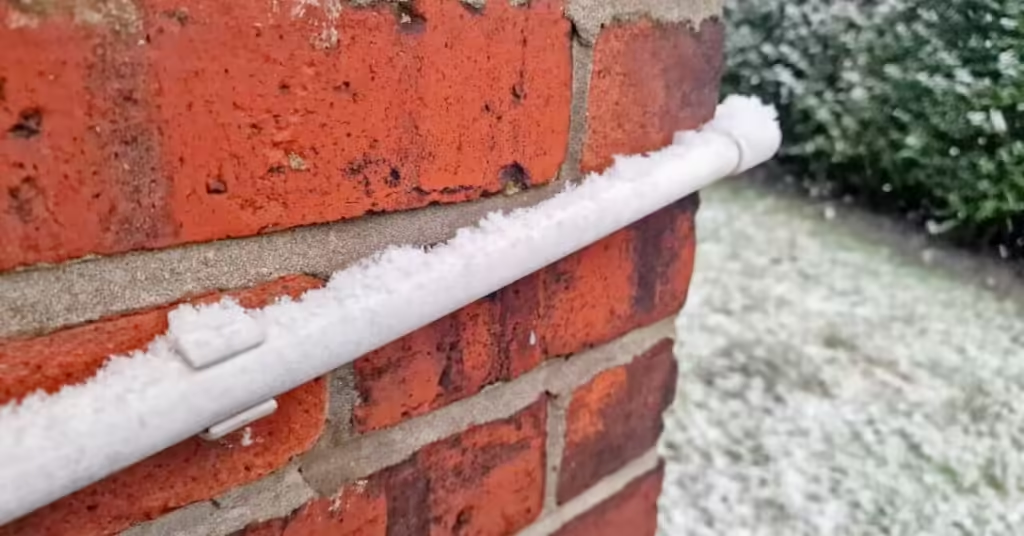
Faulty parts
Heating but no hot water
Having no hot water from the boiler but the heating is working could be caused by many things.
Combi boiler
A combi boiler not firing up for hot water could be for one of these reasons:
- The plate heat exchanger is blocked
- The diverter valve is stuck or damaged
- The temperature sensor is broken
- The flow/micro switch is broken
Heat only or system boiler
- A 2 or 3-port valve is stuck or broken
- The hot water cylinder thermostat is turned down or faulty
- The programmer is not working properly
Hot water but no heating
When the central heating is not working but the hot water is, there could be many different reasons for this.
Here are some of those reasons:
Combi boiler
- The diverter valve is stuck or damaged
- The room thermostat is turned down, broken, or needs the batteries replaced
- The temperature sensor is faulty
Heat only or system boiler
- 2 or 3-port valve is stuck or broken
- The programmer is not working properly
- The room thermostat is turned down, broken, or needs the batteries replaced
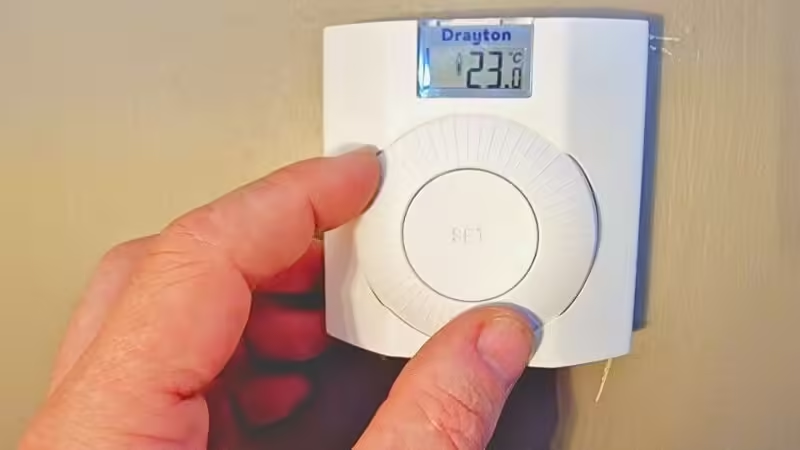
Pilot light not firing up
A boiler pilot light is a constant small flame that is used to light the burner when the heating or hot water is called for. Modern boilers don’t use pilot lights anymore, they use spark electrodes which fire the boiler up using electric sparks every time it’s needed.
If you have an old boiler with a pilot light and it’s not firing up, here are some potential reasons:
- Gas supply problem (blockage or no gas for example)
- Gas valve problem
If the pilot light is on but not firing up the boiler, this will usually indicate a faulty gas valve problem.
Clicking but not igniting
A boiler clicking but not igniting means you are getting electricity, and your external controls are working, so it has to be something further on in the firing-up process that’s causing the problem.
Here are some potential reasons why it’s clicking but not igniting:
- A gas supply problem
- The spark electrode is faulty
Summary
When your boiler is not working there are quite a few simple things you can check yourself without having to open the boiler up. If you have a radiator not heating up then this will be a radiator problem and not the boiler.
When it comes to needing boiler parts fixed or replaced, like a gas valve, you should call a Gas Safe engineer to get it checked out properly and fixed.
Feel free to ask any questions in the comments below, and I’ll do my best to help. If you found this post helpful, please consider sharing it.


